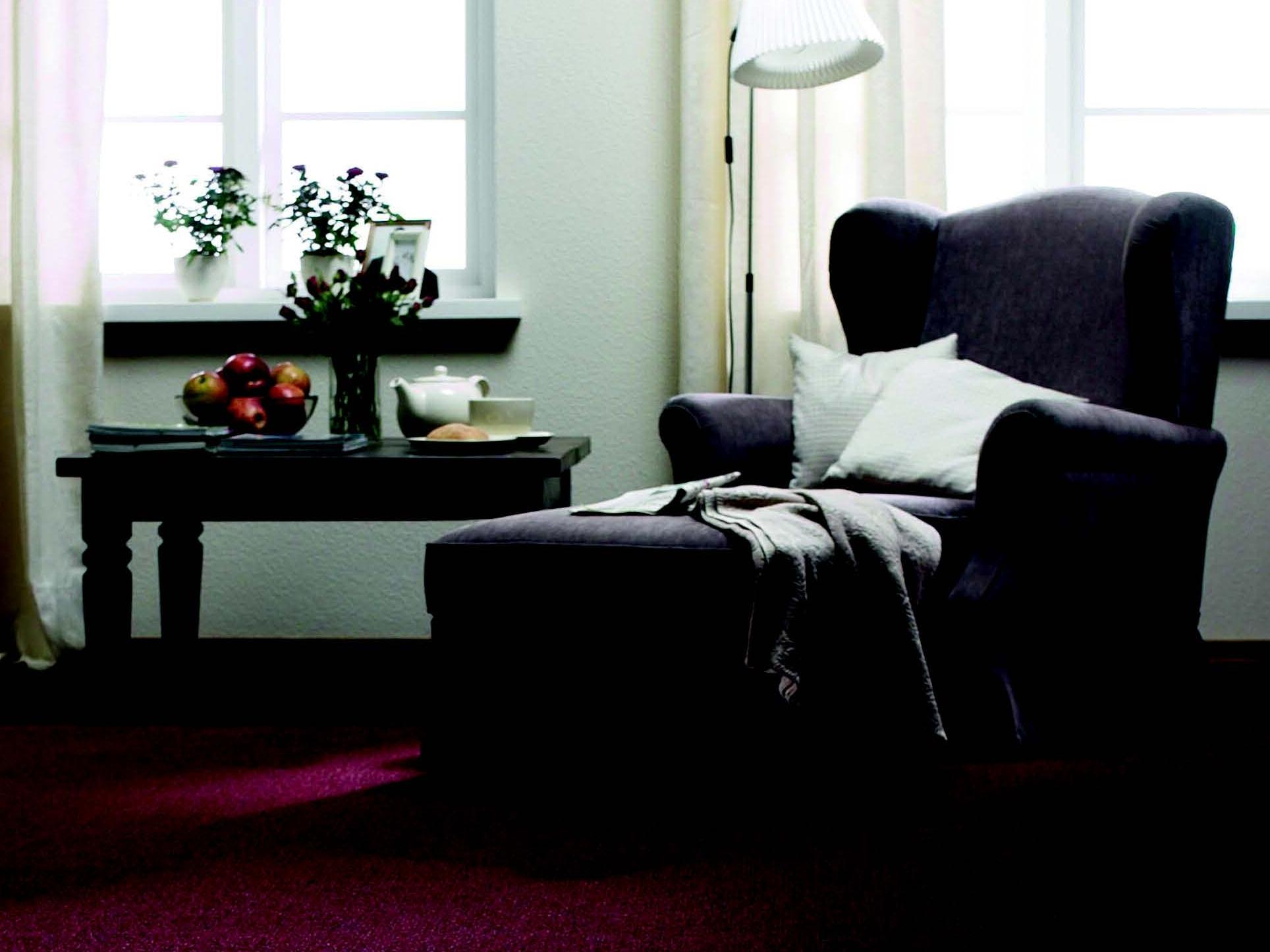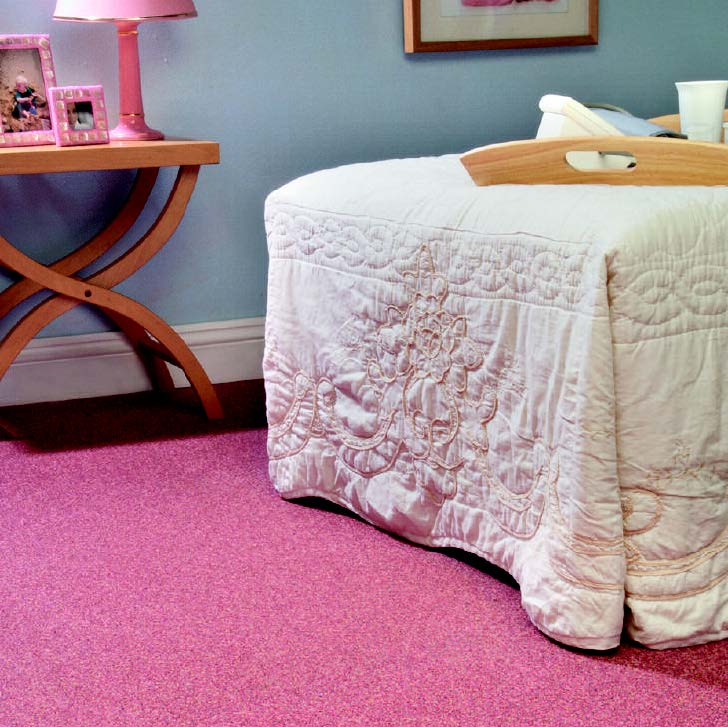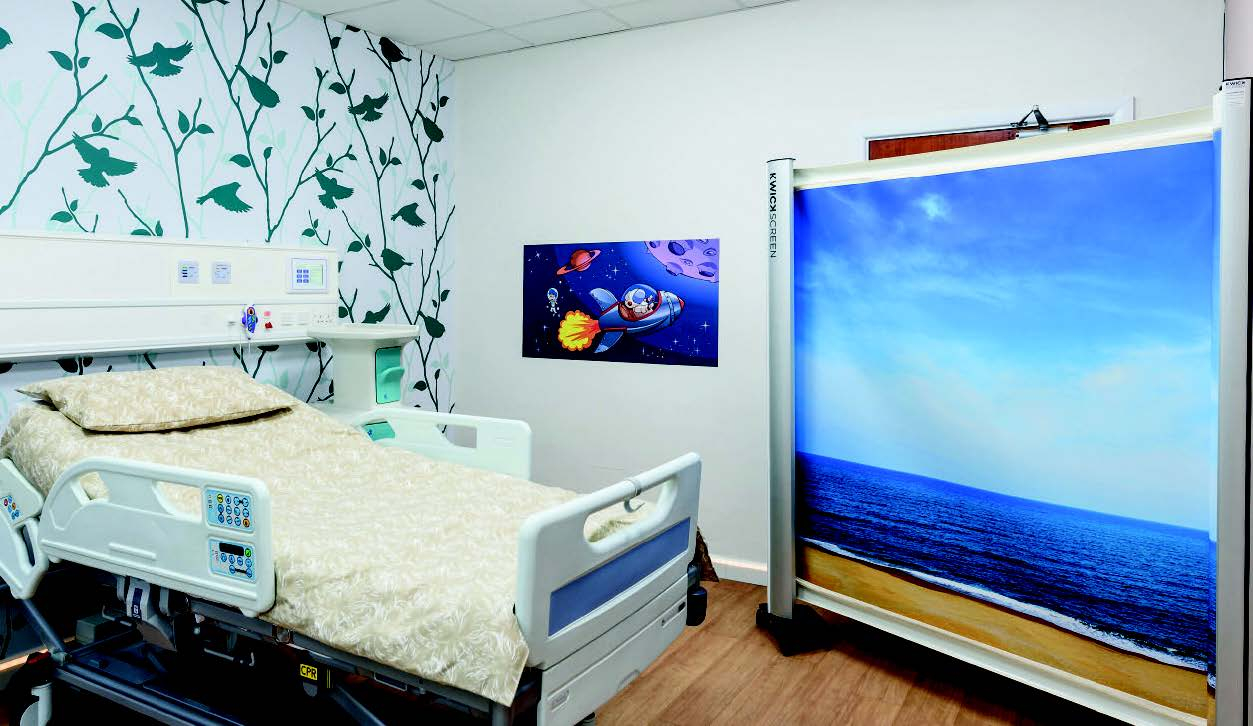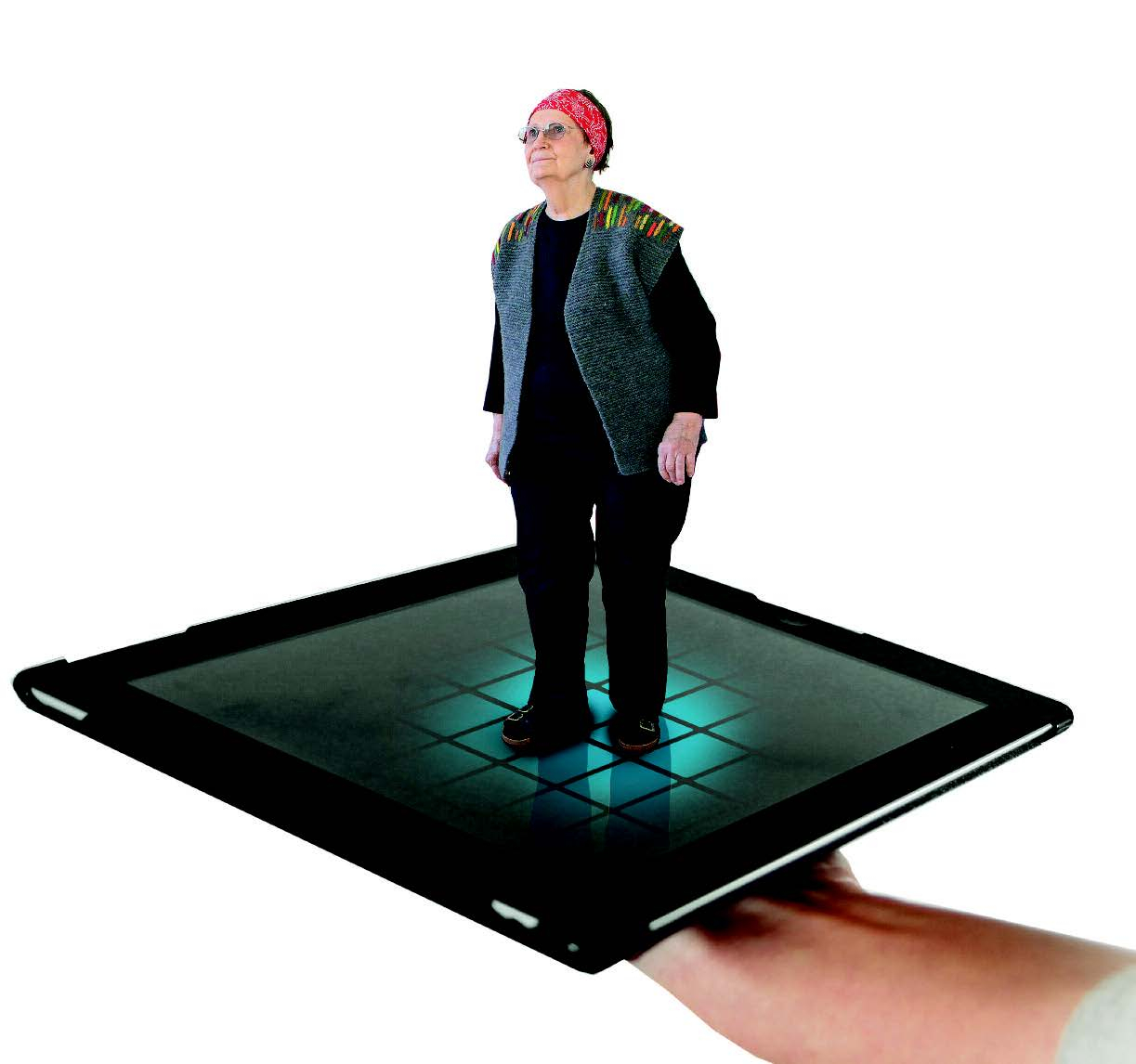
Smart floor technology is helping to promote independence and reduce instances of slips, trips and falls which older people are prone to.
Public Health England has identified falls as the most-common cause of death from injury in the over-65s and cost the NHS over £2billion a year. (a third of the population is now aged over 65).
The use of smart flooring which has sensors embedded into it is helping to address this big problem, The technology detects a fall as and when it happens.
As an all-round system, a smart floor delivers the tools to eliminate or reduce most major daily risks, and it can alert staff to the repercussions of a broad range of symptoms and behaviours.
Maricare Flooring
Detecting a pattern
Palle Stevn, chief operating officer at smart floor supplier, MariCare, explains: “Smart floors enable staff to view and evaluate significant changes in residents’ behaviour. Whether they are sleeping or eating, going outside their room, or making a trip to the toilet; staff can receive alarms and build up data to establish patterns. This then helps them to identify when something is not right. Installing a smart floor can reduce injuries and improve the provision of pro-active care through faster reactions“.
In addition she points out that "Staff will be far more effective in planning their tasks based on each individual resident’s symptoms and needs and it enables staff to target attention on the things that are most important to each resident, saving both time and resources.”
Smart flooring works in a similar way to a touchpad or tablet computer, using capacitive and conductance sensing.
User friendly
“There is no visible evidence of the system’s presence. Residents will be unaware that they’re being monitored and therefore unlikely to have any issues with the surveillance that could potentially cause disruption” said Stevn. “Installation is easy and quick –similar to that of an underlay – and it is fully protected by any floor surface covering to ensure a long life, which is beneficial given the current financial climate in the sector.




Raising the alarm
A typical operating system tracks the motion and position of the resident relative to their position on the floor, so can tell if they are motionless or have fallen. This, in turn, is conveyed to the operating system’s screen.
Various alarms and notifications can then be activated. These can respond to different criteria for nursing staff and individual residents and can also be related to specific times during 24-hour periods. Any responses are then relayed to a selected smart phone.
The smart floor roll out & results
MariCare’s Elsi smart floor has been installed in care homes up and down the country.
A pilot installation conducted by the City of Helsinki and Aalto University between 2006-2010 revealed that injuries reduced by between 17%-97%, depending on the time of day, following installation of the Elsi system.
In addition, the flooring led to a 21% time saving, 30% reduction in use of sick leave substitutes, a 12% reduction in laundry costs, and a 10% reduction in medical supplies.
Where existing elderly care homes are not scheduled for major renovation – when smart floors would usually be installed – MariCare also offers eLead Activity sensors.
These are built on a wireless platform and are easy to install with no cables, and various alarms and notifications can be activated remotely house by house from the user interface.
Overcoming the challenge
Stevn said: “Anything that can significantly improve fall detection rates, especially for those falls initially undetected due to a resident’s unconsciousness or from a panic button being out of reach, is essential.
“The amount of time spent on the floor following a fall can be crucial to any recovery.”
Tarkett Floorig
Tarkett Flooring has also launched the FloorInMotion system
It also uses floor sensors to detect a fall and to alert a carer via an internal call system, mobile phone, PC or similar. And, like Elsi, it also tracks habits to build up activity trends.
A spokesman said: “Care homes today face the major challenge of ensuring the safety and wellbeing of increasingly-ageing residents who are losing their autonomy, many of them suffering from cognitive impairment.
“Incident detection and actimetry solutions, such as the Tarkett FloorInMotion Care connected floor, can help to change practices and improve not only the quality of life of residents, but also that of professionals.”
The solution is currently on display at Static Systems’ Design & Innovation Centre in the West Midlands.
Lisa Tomlin, chief executive at flooring firm, CFS, said, “Smart floor technologies are not currently used widely across the UK, with the bulk of adoption being taken in Germany. But, despite not being mainstream in our care homes yet, assistive technology mitigates the challenges an ever-increasing population and lack of available space are presenting to the industry.
She also points out cost implications. “Triggering alarms when residents fall, helping with navigation, and providing insight into which patients are most likely to use certain facilities in the building, helps care home owners make substantial cost savings and efficiencies.”
She advised care home operators to speak to flooring manufacturers in order to create packages that work for them. She understands that specifying and installing flooring in a care home can be difficult. But explains that working with a manufacturer and installer who have experience in the sector will result in a perfect project completion, leaving staff and patients safe, every time.